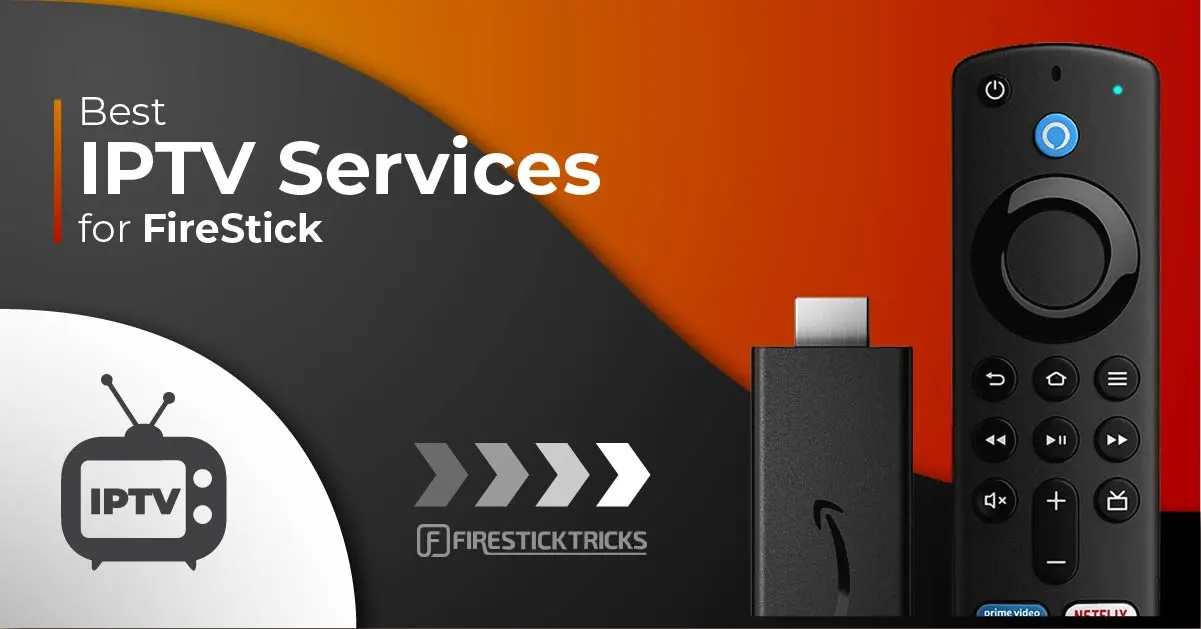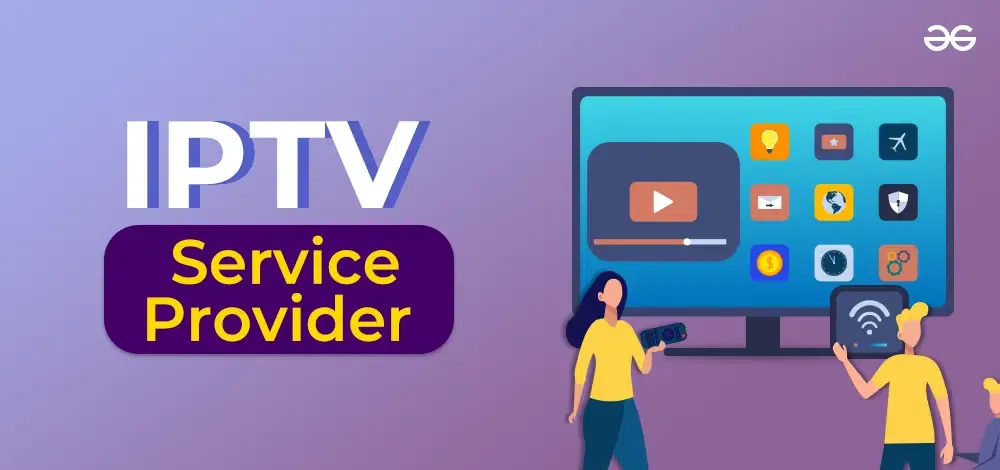Unlock Unlimited Entertainment: Obtain Your IPTV Subscription Today!
Unlock Unlimited Entertainment: Obtain Your IPTV Subscription Today!
Blog Article
Just How IPTV Functions: A Step-by-Step Guide to Web Protocol Television Technology
Net Method Tv (IPTV) has reinvented the means we eat television material, supplying a brand-new world of possibilities with the power of the internet. Comprehending the intricacies of exactly how IPTV functions can clarify the innovation that drives this cutting-edge form of media shipment. From the basic concepts of IPTV to the complex process of material distribution, each step plays a vital role in guaranteeing a smooth watching experience. In this overview, we will certainly uncover the underlying systems that make IPTV a remarkable blend of innovation and entertainment.
IPTV Fundamentals
In comprehending IPTV fundamentals, it is essential to comprehend the essential functions of this innovation in providing television material over the internet. IPTV, which stands for Internet Protocol Tv, makes use of Net Procedure (IP) networks to transfer television content to users' tools. Unlike typical methods of broadcasting tv web content via cord or satellite signals, IPTV streams media via high-speed web connections.

Furthermore, IPTV permits for interactive abilities, such as video on demand (VOD) and digital program guides (EPG), enhancing the customer experience by supplying more control and adaptability in accessing content. Overall, recognizing the fundamentals of IPTV sets the structure for exploring its even more sophisticated functionalities and the advantages it provides to modern-day television consumption.
Web Content Shipment Refine
Effective content shipment in IPTV systems involves a well-structured procedure that guarantees smooth transmission of television web content over IP networks. The content distribution process in IPTV starts with the creation of the video clip content, which is after that inscribed into electronic format ideal for IP transmission. This inscribed content is after that firmly stored on servers called media web servers. When a viewer requests details material, the IPTV system retrieves the requested data from the media servers and delivers it to the viewer's gadget over the internet.

Middleware Performance
With the combination of middleware, IPTV systems gain improved functionality that streamlines customer communication and material management. Middleware works as a critical component that connects the gap in between the interface and the back-end infrastructure, assisting in seamless communication and communication within the IPTV system. One of the key functions of middleware in IPTV is to enable customized customer experiences by supplying functions such as interactive program guides, video-on-demand services, interactive marketing, and user choices administration. By my sources centralizing these functionalities with middleware, solution companies can provide an extra dynamic and tailored IPTV experience to their clients.

Tool Compatibility
Offered the essential function of middleware in enabling smooth communication and material administration in IPTV systems, a critical facet to take into consideration is the compatibility of tools utilized for accessing the IPTV solutions. Gadget compatibility is necessary for making sure a smooth individual experience and ideal performance when accessing IPTV content.
In the context of IPTV, tool compatibility describes the capability of a device to effectively interact with the IPTV solution, show content correctly, and sustain the needed procedures and codecs for streaming video important link web content over the net. Various devices, such as smart Televisions, set-top boxes, mobile phones, tablets, and computer systems, might have varying degrees of compatibility with IPTV services.
To guarantee a smooth watching experience, it is necessary for users to select gadgets that work with the specific IPTV solution they are using. In addition, IPTV service providers need to use support for a wide variety of devices to accommodate the diverse demands of their individual base. By focusing on gadget compatibility, both customers and company can improve the overall IPTV experience.
High Quality of Solution (QoS)
Thinking about the critical duty of maintaining a high requirement of efficiency and dependability in IPTV systems, ensuring constant Top quality of Service (QoS) continues to be a fundamental facet of the user experience. QoS in IPTV describes the capacity of the system to deliver web content with marginal disturbances, high resolution, and fast loading times. To achieve optimum QoS, different elements need to be addressed. Network transmission capacity is essential to support high-grade video clip streaming without buffering or pixelation. Additionally, latency, jitter, and package loss have to be decreased to enhance the watching experience.
Service carriers use QoS devices such as web traffic prioritization, buffering, and error adjustment to maintain a stable IPTV solution. By focusing on IPTV web traffic over less time-sensitive information, carriers can make certain smooth playback also during peak use hours. Buffering aids compensate for network fluctuations, while mistake adjustment techniques improve information stability.
Continuous surveillance and optimization of QoS criteria are necessary to adapt to changing network problems and individual needs. Eventually, a robust QoS structure is crucial for delivering a smooth and pleasurable IPTV experience to users.
Final Thought
In final thought, IPTV operates with the transmission of television content over internet protocol networks. Quality of Solution plays a critical duty in maintaining the performance and reliability of IPTV services this website - IPTV subscription.
Report this page